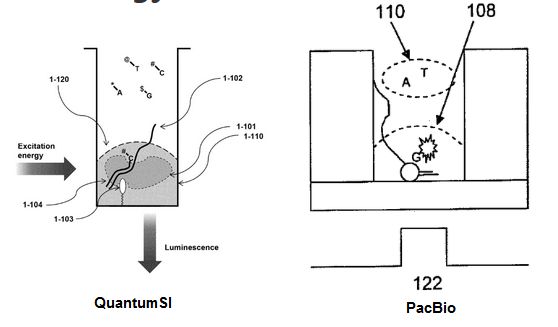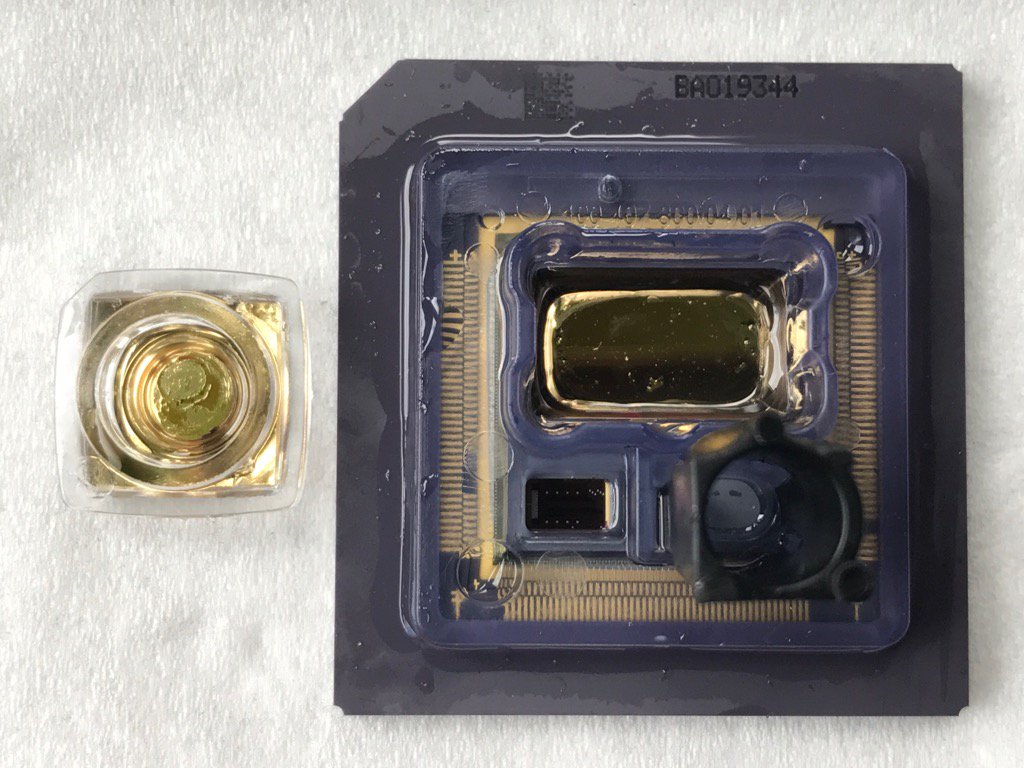QuantumSi
There’s very little public information about QuantumSi. Sequencing isn’t mentioned on the company website [1]. QuantumSi is part of the 4Catalyzer group of companies, founded by Johnathan Rothberg. Rothberg of course, previously founded sequencing companies 454 Life Sciences, and Ion Torrent. QuantumSi’s patents mostly list Rothberg as an inventor and are largely DNA sequencing related.
Technology
The QuantumSi approach as presented in patents appears to be similar to the Pacific Biosciences Zero Mode Waveguide platform:
In this approach a polymerase is tethered to the bottom of a nanoscale well (ZMW). The well is illuminated, however because the well is smaller than the illumination wavelength the photons can not fully enter the well. Instead, you get an evanescent field confined within a few nanometers of the surface.
This is not unlike TIRF microscopy, which similarly confines illumination to within a few nanometers of a surface (and is used in Illumina sequencing [4]).
To sequence a strand of DNA the polymerase incorporates fluorescently labeled nucleotides. There are no terminators so nucleotides are incorporated in real time. During incorporation the fluoresces are cleaved and released. This results in a brief “flash” as the label is excited under the evanescent field.
These flashes need to be monitored in real time. This is were the QuantumSi and PacBio approaches appear to differ. Looking at RS and PacBio chips, it looks like PacBio moved from external camera in the RS to a fully integrated chip in the Sequel:
PacBio patents [5] suggest that they may use a fresnel lens integrated under the ZMW. Under the lens are multiple (appears to be 2) filters and sensor:
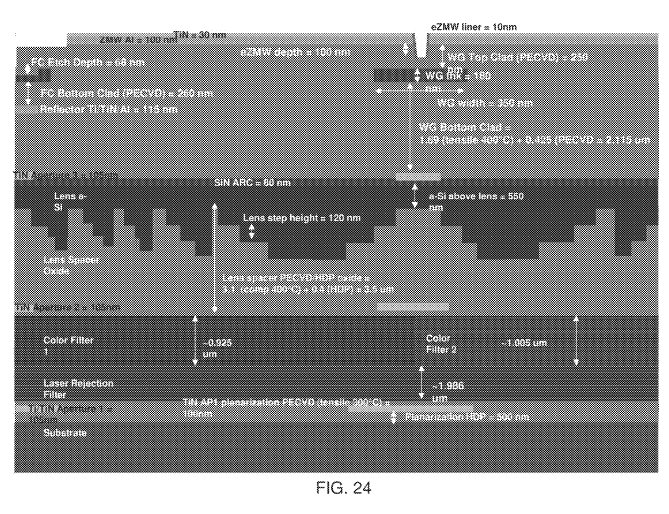 Integrating a fresnel lens onto a semiconductor device seems really neat. However I suspect this makes for a significantly non-standard (and more expensive) fabrication process.
Integrating a fresnel lens onto a semiconductor device seems really neat. However I suspect this makes for a significantly non-standard (and more expensive) fabrication process.
The QuantumSi patents differ in terms of detection. Rather than using filters to detect labels with different excitation wavelength, the QuantumSi chips use intensity and decay rate to distinguish between different labels [6]:
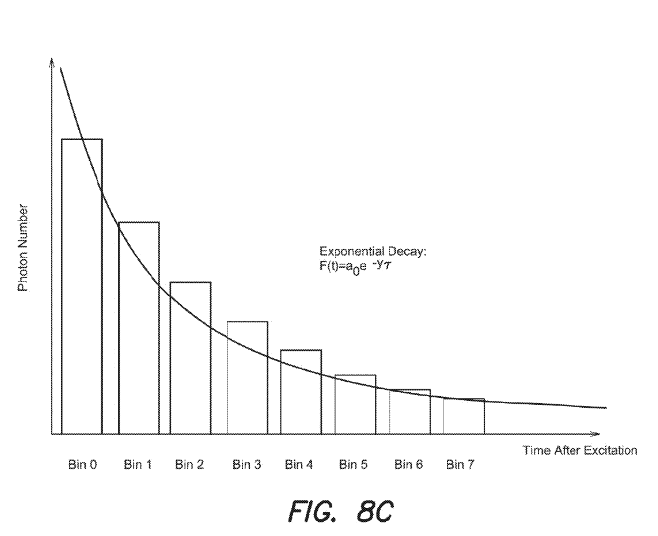
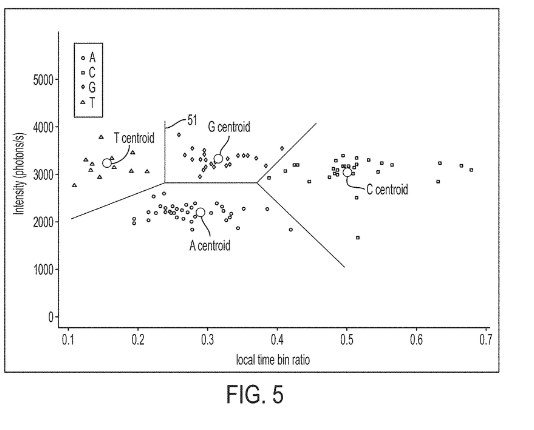 I guess these may be standard fluorophores, but I’ve not dug into the patents to find out exactly what’s being used. While the patent mentions excitation “intensity” I’d assume that the photosensor responds with differing intensity to different wavelengths, so it could just be this that results in differing intensity between the fluorophores. The rate of fluorescent delay, provides a secondary signal to help distinguish between label types.
I guess these may be standard fluorophores, but I’ve not dug into the patents to find out exactly what’s being used. While the patent mentions excitation “intensity” I’d assume that the photosensor responds with differing intensity to different wavelengths, so it could just be this that results in differing intensity between the fluorophores. The rate of fluorescent delay, provides a secondary signal to help distinguish between label types.
This approach most likely results in a cheaper chip, that can be more easily manufactured using a standard manufacturing process (as no lens or filters are required).
Given Illumina’s recent acquisition of Pacific Biosciences the potential for a low cost competitor to PacBio using a similar approach is interesting. I’ll be keeping an eye on QuantumSi, Rothberg has a track record of executing well, and I suspect we will hear more in the not too distant future.
Notes
[1] http://quantum-si.com/
[2] https://patents.google.com/patent/US20170362651A1
[3] https://patents.google.com/patent/US7973146B2
[4] https://blogs.swarthmore.edu/Illumina+GAIIx+Teardown/?p=27
[5] http://www.freepatentsonline.com/20180180548.pdf
[6] http://www.freepatentsonline.com/y2017/0349944.html

